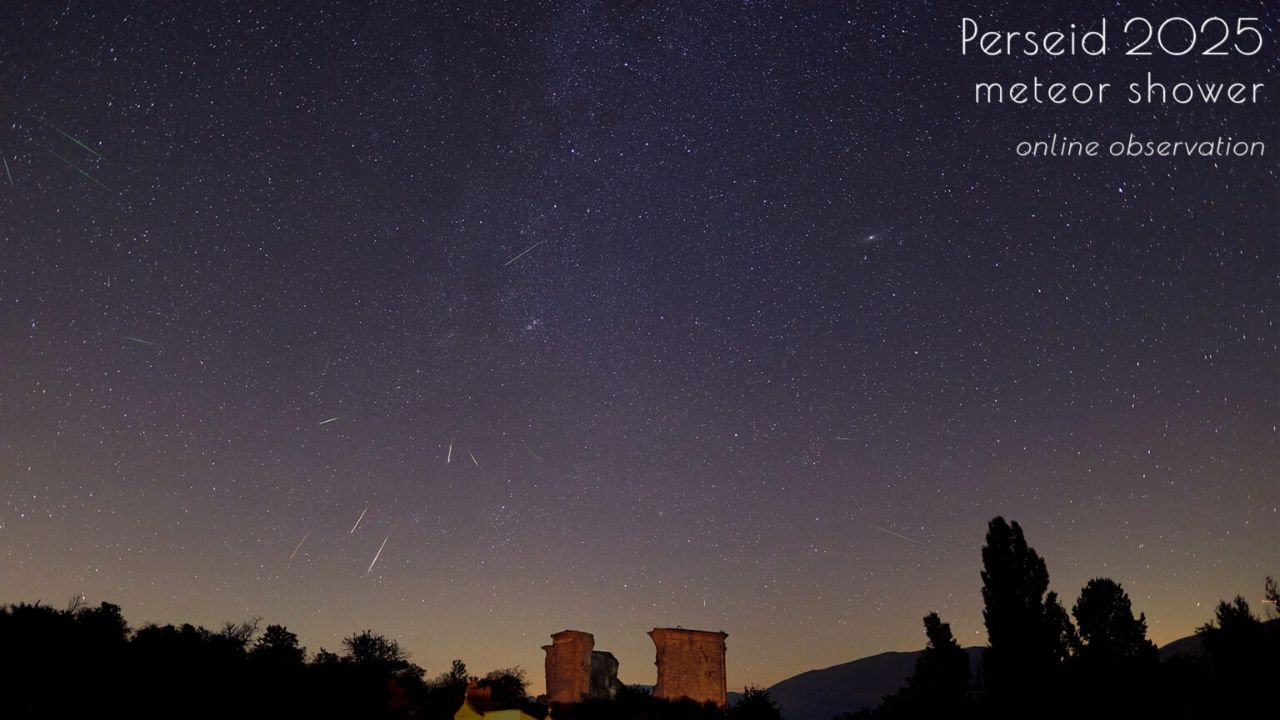
Editor's note: WOW, despite the glare of the almost full moon, the Perseids still put on a spectacular display worldwide. Check out our roundup of the best photos of the Perseids 2025.
One of the year's most dazzling sky shows is about to peak as the annual Perseid meteor shower lights up the night — and you can enjoy the event live online.
The Perseid meteor shower is expected to reach peak activity on Tuesday evening (Aug. 12) through the early morning hours of Wednesday (Aug. 13). The Virtual Telescope Project will host a free livestream on Tuesday beginning at 5 p.m. EDT (2100 GMT), offering skywatchers real-time views of dozens of shooting stars every hour.
Dark skies in central Italy allow the Virtual Telescope Project to capture wide-field views of the meteor shower using its robotic telescopes. The livestream event will also feature commentary from astrophysicist Gianluca Masi. The stream will be available via the project's WebTV page, YouTube channel and here on Space.com, courtesy of the Virtual Telescope Project.
The Perseids are known for producing consistent meteors and occasional fireballs — "shooting stars" that blaze more brightly than Venus in the sky — as Earth passes through debris left by Comet Swift-Tuttle. The Perseids peak as Earth passes through the densest and dustiest area of the comet's trail.
The Perseid meteor shower is active every year from mid-July to late August. Under clear skies and low light pollution, this year's shower could deliver between 50 and 100 meteors per hour at its peak. However, a waning gibbous moon will rise before midnight, potentially washing out some of the fainter meteors with its bright light.
Still, the brightest Perseids should shine through, especially during the predawn hours when the constellation Perseus — from which the meteors appear to radiate, hence the shower's name — climbs high in the northeastern sky.
The best time to view the meteor shower will be between 3 and 4 a.m. local time. Observers watching in person are encouraged to find a dark spot and allow time for their eyes to adjust. The meteor shower is visible to the naked eye, so no telescopes or binoculars are needed.
Whether you're outside under the stars or viewing the Virtual Telescope Project's live webcast, the Perseids remain one of the most remarkable meteor showers of the year.







